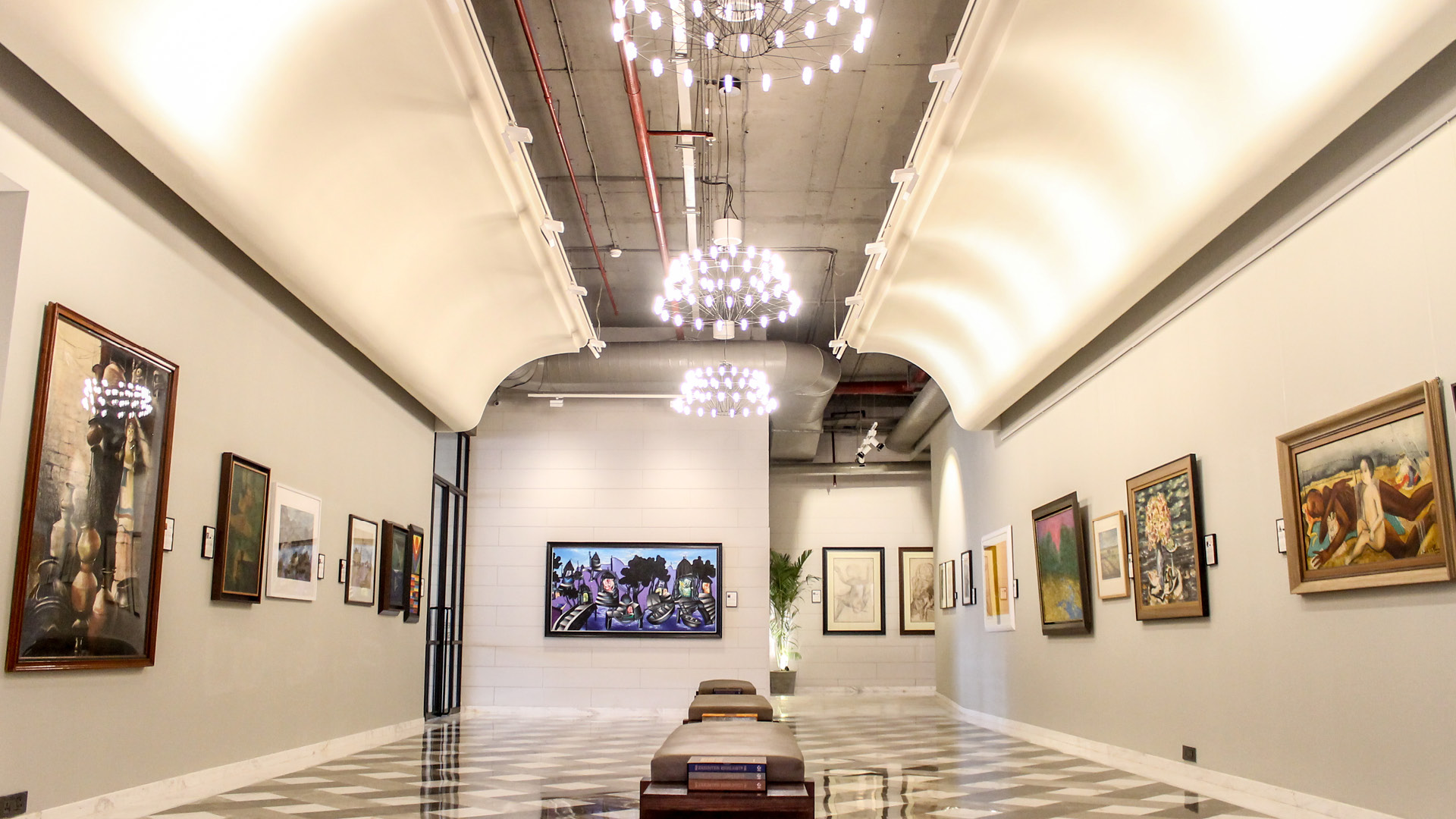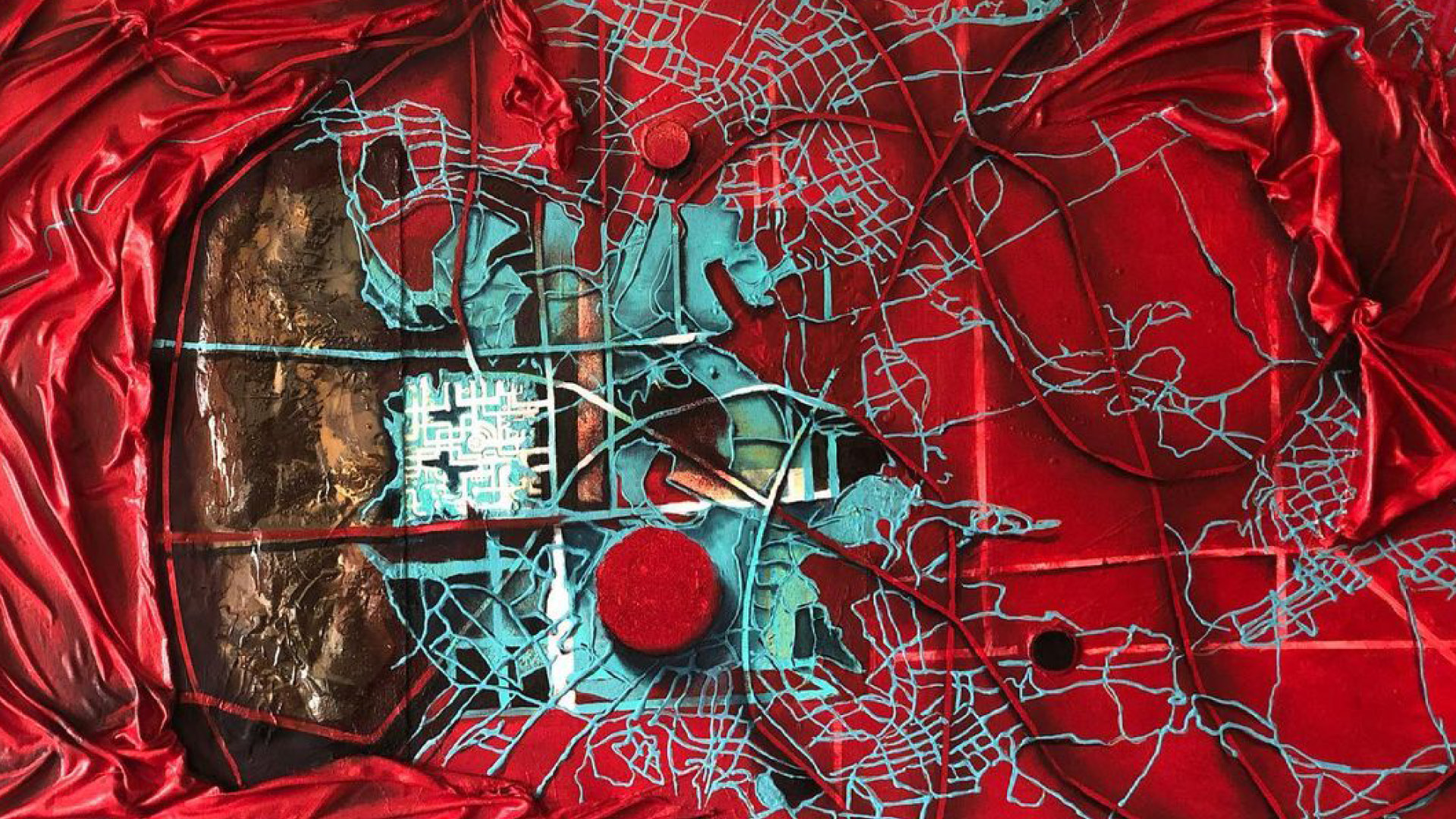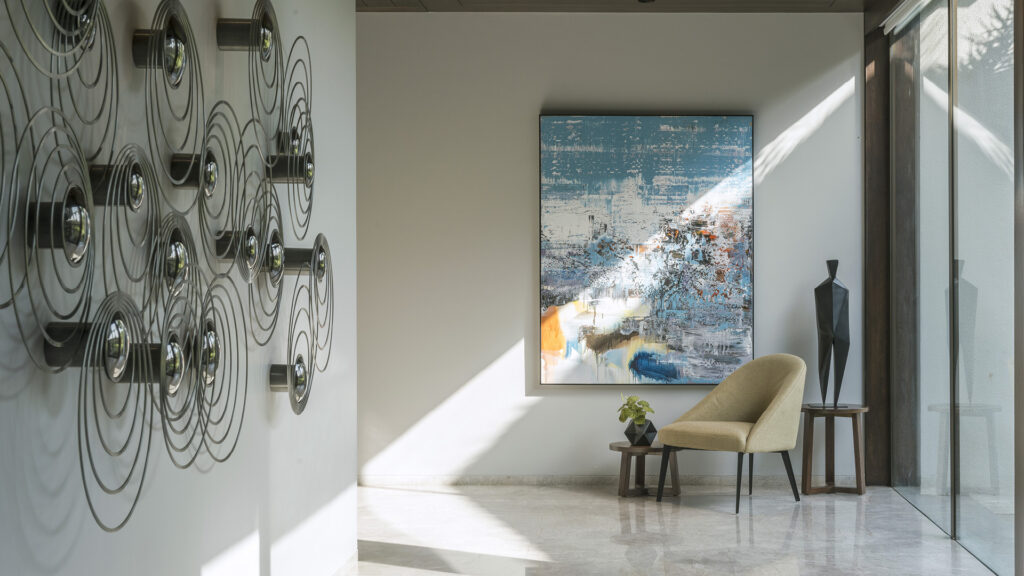The role of art advisories in India’s thriving art market is more significant than ever. Some insiders tell us why.
By SUSHMITA SRIVASTAV
India’s art market is a force to reckon with, and it’s only getting bigger. One profession that has increased in popularity and importance these days is that of the art advisory. As the name suggests, an art advisory firm works closely with individuals or corporates to, well, advise them on what art to get. With universities pumping out a fresh stream of art professionals every year, prices of artworks skyrocketing and connoisseurs and collectors with deep pockets growing more meticulous towards their preferences, scores of new players in the already flourishing advisory market are prompted to jump into the pool. In 2000, the turnover from public sales for artworks in India was INR13.1 crores. As per the Artery India State of the Indian Art Market Report 2020-21 that was released in July this year, the turnover, despite a COVID-depressed market, was INR880.9 crores.
DEMOCRATISING THE PROCESS
“The advisory practice has been a niche business,” says Arvind Vijay Mohan, founder and CEO at Artery India, a leading art intelligence and asset advisory firm based in Gurugram. “Since 2003, our advisory team has managed the investment interests of a select group of high net-worth individuals and families. Our key strength is our financial knowledge that is based upon the careful analysis of public domain art sales that have been conducted globally since 1987. We publish industry and artist performance reports, as well as a signature valuation report, all based on reliable and verifiable sales data that now covers more than 95,000 sales records. While our advisory practice is certain to remain a niche, we have recorded a surge in interest in our editorial and sales initiatives. Our gallery spaces at The Quorum, in Gurgaon and Mumbai, where one can view works by Artery artists and assets we represent, have been overwhelmingly successful, as have been our digital properties where collectors can access knowledge, content and artworks for sale from their comfort zones.”

Gurugram (Source : Courtesy of Arvind Vijay Mohan/Artery India)
For Aziz Amin, founder, and director of Eztablish.ART, making art accessible to all is the goal. “Art, for the longest, has been limited to a select few enthusiasts with a snob factor. That concept is far from reality. You do not need to be an art expert to understand art. And you certainly do not need someone to tell you if a piece speaks to you. What you need, of course, are certain explanations of certain art pieces and their relevance and purpose. That’s where we enter as an agency.”
THE GAME OF INVESTMENTS
Ask Vijay Mohan how firms like his play a role in the process and he explains that they help interested collectors make savvy art investments. “Artery India tracks over 960 Indian artists, from an academic and financial perspective, offering our clients objective advice that ensures they do not make any investment mistakes. While we have functioned strictly as a private advisory since 2003, from the beginning of 2018, we decided to share our knowledge and learnings with the community, to widen the circle of patronage. This started with us sharing a selection of our financial knowledge reports with the world.” The firm also features videos, articles, and a podcast (Art of the Matter) on its editorial channel.
We often see several investors buying and storing works of ageing artists in the hope that the prices will shoot up over the years. “As grim as it may sound, it is an investment perspective we cannot neglect. However, at the point of making (in most cases), the piece of art was not created keeping ‘investment’ in mind, it was created with the sole purpose of stirring emotion,” explains Amin.

IT’S A WIN-WIN
Mumbai-based multi-disciplinary artist Jaideep Mehrotra has been a part of the Indian art scene for the past four decades and he believes that art consultancies have the potential to not just educate buyers, but also to guide the market. “To me, the scenario, where clients depend entirely on an art gallery with limited options, is counter-productive to both individual artists and themselves. They are, in such cases, forced to think with their heads and not with their hearts.”

The ideal scenario, Mehrotra concludes, is to have independent art consultants and advisory firms that are open to first understanding the taste of the client, providing them with impartial advice and recommendations, and finally, connecting them to the right artists, either directly or through galleries. This way, more opportunities can be created for artists, while presenting wider possibilities and a gamut of diverse choices to potential buyers.
Related: Here’s How Art Is Changing The Face Of Mumbai Slums




